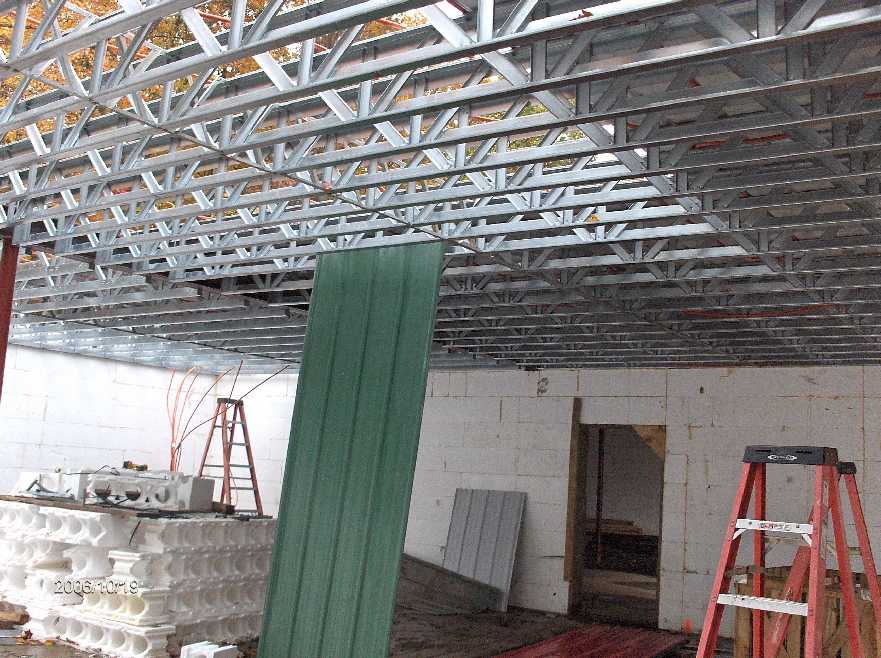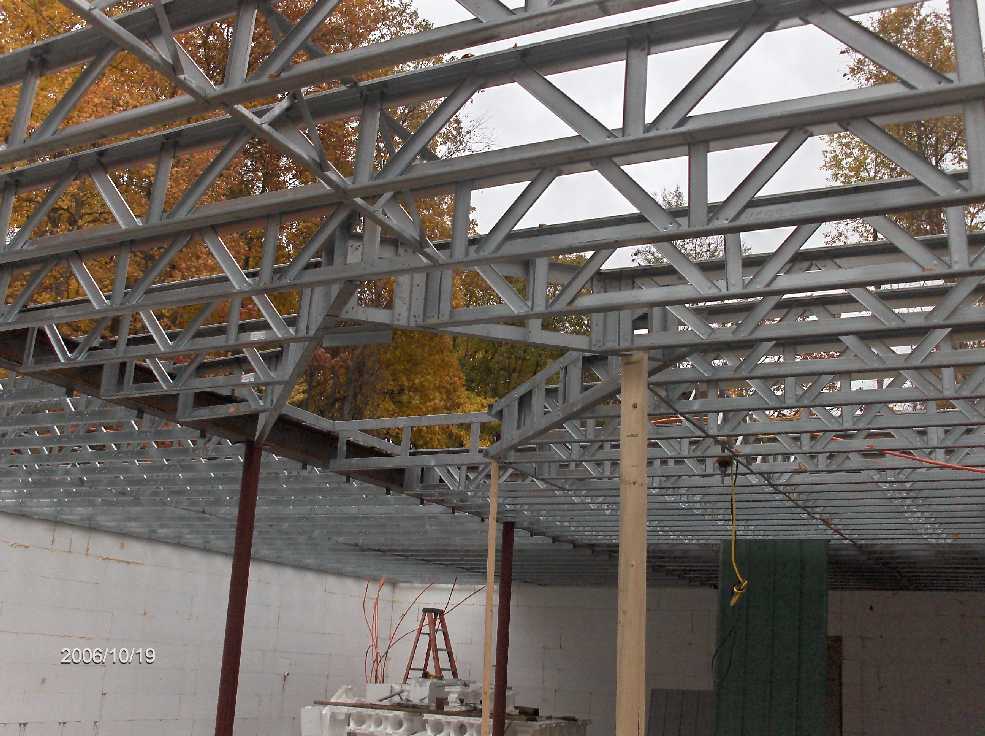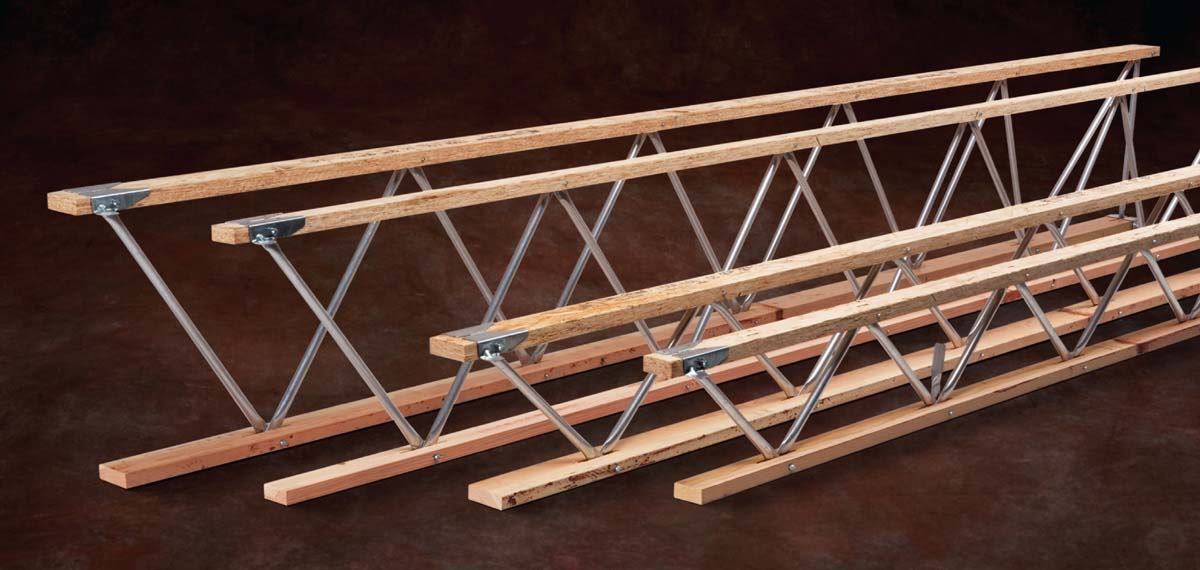
The findings indicate that a tubular design can provide required torsional stability while improving safety for installers.

Drag the joist section view onto your tool palette. This will insert the joist in section view, not what you wanted but continue. Highlight the one you want and click on the Insert Component button. Open-web steel joists possess an excellent bearing capacity with a long span superior to 15.2 m (50 ft). Scroll down and you will find all kinds of joists. Spanning further than traditional joists, web joists are of. Right click on the Metals tool, and open the Detail Component Manager. Combining the lightness of timber with the strength of steel open web joists are suitable for both floors and roofs. It is important to note that the joist manufacturer. Consider joists over 60 feet (1 1/2-inch camber) to be the span where joist camber can become an issue. The longer the joists, the more likely you will have a camber issue. Be certain the camber does not create a ponding situation. This thesis examines the structural characteristics of a tubular design for a 32LH06 joist layout and the results suggest a change to the joist cross-section to increase the joist efficiency. Web joists are an innovative and sustainable lightweight joist which offer a modern alternative to solid timber joists without compromising on strength and durability. Camber was introduced in steel joists to avoid ponding. While torsion resistance has little impact on capacity on small unbraced lengths, it has high impacts on large unbraced lengths. Tubular sections provide good resistance to bending along with significantly higher resistance to torsion. Experimental research has been carried out to study the behavior of composite open web steel joists under monotonic loading. Is there a way to do Open Webbed Steel Joists with ADT3 I am very impressed with the structural beams and other members in this program but cant. It is possible that a joist design using tubular cross-sections could require less bridging and prevent the need to use erection bridging for initial joist construction.


This failure can be avoided by running lateral bracing between joists called bridging or potentially by using tubular sections to build up the joists rather than angle sections. Their slender geometry makes them highly efficient in resisting flexure, but susceptible to out-of-plane buckling in a failure mode known as lateral-torsional buckling. The open-web design of steel joists and joist girders introduce a range of cost and performance advantages: reducing project weight allowing for seamless.
#Open webbed steel joist code
Open web steel joists are lightweight structural trusses used in place of I-beams to support long-span floors and roofs of open space buildings. SJI Recommended Code of Standard Practice for Steel Joists and Joist Girders 1.4 DESIGN In the absence of ordinances or specifications to the contrary.


 0 kommentar(er)
0 kommentar(er)
